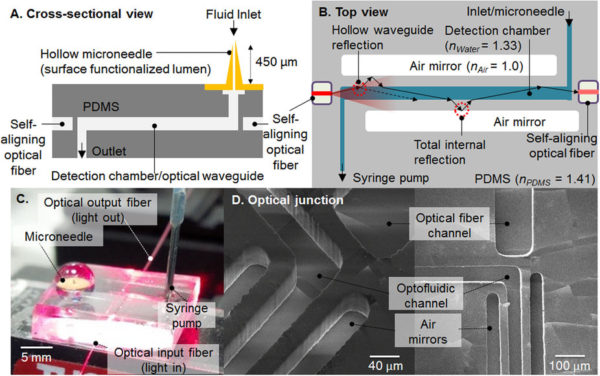First of all, is it tall man, tall-man, or tallman? And why is it called “tall man lettering” when none of the letters are actually taller than the others? Heck if I know. Just more questions in a mountain of questions piling up around tallMAN lettering.
Pharmacy Practice News: “[The study] found that there hasn’t been a substantial drop in drug name mix-ups since use of tall man lettering became widespread around 2007… “We saw no reassuring trend of declining rates of errors,†said study author Chris Feudtner, MD, PhD, MPH, a pediatrician at the University of Pennsylvania’s Perelman School of Medicine, in Philadelphia…If tall man lettering were working, the researchers expected to see a significant decrease in these types of errors after 2007 when the JC began recommending that hospitals implement tall man lettering and other typographic drug safety measures. No such drop was seen.”
The entire use of TaLlMaN lettering has always seemed odd to me. I could never understand how it would keep anyone from grabbing the wrong medication. I mean seriously, who in their right mind would confuse SUMAtriptan with ZOLMitriptan, or ARIPiprazole with RABEprazole. Crud, they’re not even remotely close when one considers the alphabet. When searching for the drug within a CPOE system one types “sum…†or “zol…â€, not “…triptan. C’mon, people!
One classic mix up is hydrOXYzine and hydrALAzine. They definitely have similar names, but the former is an antihistamine used to treat itching, while the latter lowers blood pressure by exerting a vasodilating effect through a direct relaxation of vascular smooth muscle, i.e. it’s a blood pressure medication. Why the heck would anyone want to use a blood pressure medication to treat itching? They wouldn’t.
Perhaps it would make more sense to simply put the drug class or use on the packaging. You know, hydroxyzine [antihistamine/itching] or hydralazine [vasodilator/blood pressure]. Better yet, let’s require prescribers to place an indication on all orders: hydroxyzine 25mg PO Q6H PRN ITCHING versus hydralazine 25mg PO Q6H FOR BLOOD PRESSURE. Might even be educational for some prescribers.(1)
How about we spend a little time creating smart EHR’s that know when something is amiss?(2) A system that won’t let the provider select a medication for an inappropriate indication without jumping through some hoops. Something like “You sure about this, bruh? Hydralazine isn’t typically used for itching. Were you trying to prescribe hydroxyzine?â€(3)
Now combine smart prescribing practices like those above with safety measures in the pharmacy like barcode scanning for verification. Selecting the wrong medication in the pharmacy is always possible and happens for a host of reasons, regardless of t.a.l.l.m.a.n lettering. Barcode scanning is a pretty good way to help ensure that you have the prescribed medication in hand.
Overall, I’m not surprised that T-A-L-L-M-A-N lettering didn’t make much of a difference in the study. Even though it’s become a standard of practice, I don’t know that I’ve ever bought into it. My preference would be to use better technology with a little common sense.
If you’re interested in reading the article (BMJ Qual Saf 2016;25[4]:213-217; BMJ Qual Saf 2015 Dec 16. [Epub ahead of print]), it can be found here.
—–
(1)Â Â Â You might be surprised to find out how little some practitioners know about the medications they prescribe. I constantly appalled by the prescribing practices that I see in the acute care setting.
(2)   Something like AI or ML, perhaps. Hmm…
(3)   That’s kind of how the call goes when you have to let a prescriber know they may have inadvertently selected the wrong drug.


